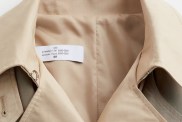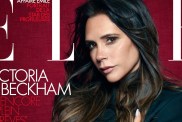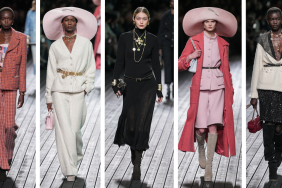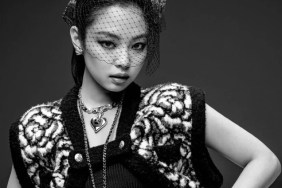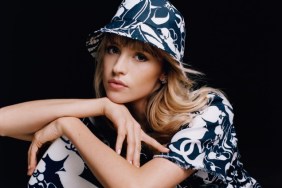Born into poverty in the Saumur region of France and working as a cabaret singer before a romance yielded the chance to open her first hat shop in 1913, Coco Chanel is still revered today not just thanks to her eponymous label, now headed up by Karl Lagerfeld, but for her progressive personal style.
Women’s wardrobes in the early 20th century were anchored by restricting corsetry and ostentatiously feminine frills. Against this backdrop, Chanel’s love of boyish shapes and fabrics was revolutionary to say the very least. At its most basic, Chanel’s wardrobe was sleek little black dresses and “poor boy” jersey pullovers, yet even in its most elaborate form (say, perhaps, a simple white blouse underneath a braid-trimmed bouclé collarless jacket) her look was still characterised by austerity. As it happens, the designer, raised in a French orphanage, was inspired throughout her life by the simplistic dress of nuns.

Coco Chanel also often dressed in her lovers’ suits almost a century before boyfriend jeans were cool, and was one of the first women to wear trousers out in public. On one occasion, she actually managed to persuade the pants off a male rider after coming to the conclusion that a long skirt was probably not the most appropriate attire for riding a horse. And before Alexander Wang’s padded and perforated brand of modern American athleticism, Chanel took the fabric used for gentlemen’s sportswear and pioneered sports-luxe for the nonchalant lady.
In fact, take a tweed jacket and throw on more oversized costume jewellery than you’d find in a Christmas cracker factory and you’ve got the quintessential Chanel look people are still appropriating today. Even the lady herself didn’t hesitate to go faux, reasoning that if jewellery was more affordable then people would accessorise their outfits better. That logic might not hold true for everyone, but it certainly worked wonders for Chanel.
images: WENN
